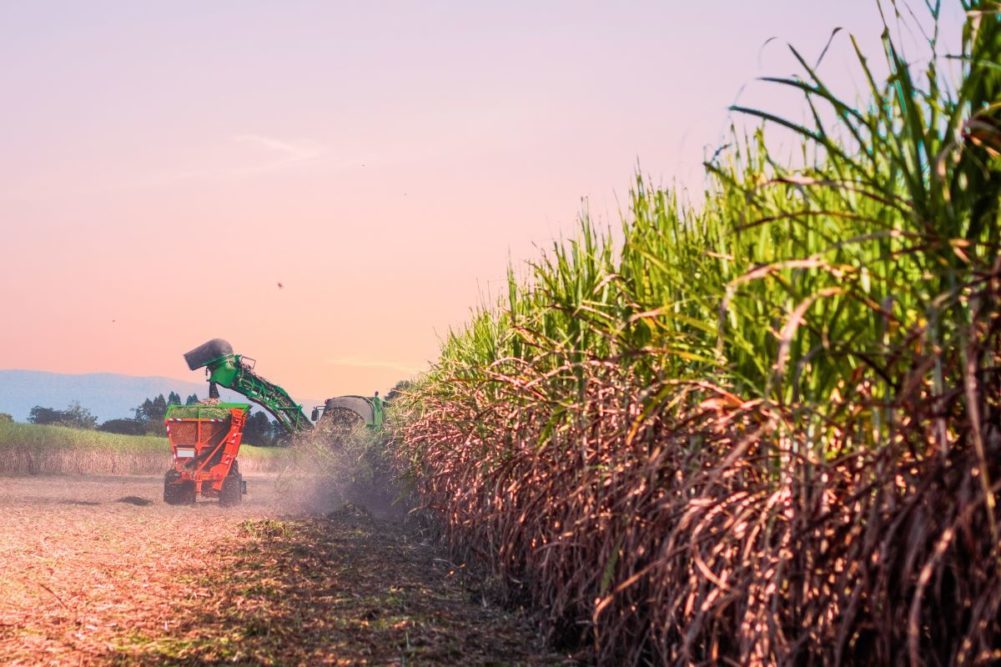AVENTURA, FLA. — Despite the bullish fundamentals of global sugar consumption outpacing production and the consistent tightening of trade flows, speakers at the International Sweetener Colloquium in Aventura on Feb. 26 said global sugar markets have calmed following recent price surges and appear to have found a balance between supply and demand — for now.
“Let’s keep things in perspective,” said Jeff Dobrydney, senior vice president and head of futures and options, JSG Commodities. “Sugar prices in November were trending toward 28¢ (a lb) and now we’re around 22.50¢.” For [several weeks/since the start of 2024] sugar has settled in a trading range between 20¢ and 24¢, but Dobrydney said that range is still pretty high compared to more historical ranges which hovered around 15¢.
“But I think 20 is the new 15,” he said.
Dobrydney and other analysts participating in a panel discussing the international sugar market dynamics at the Colloquium said much of the current reprieve and global balance is largely due to the massive production in Brazil.
“We still have about 5% of Brazilian mills still harvesting in the fields, and considering that the crop year ends in December and begins in November, that gives you an idea of just how monstrous this crop is,” said Vincent O’Rourke, trader and market analyst, C. Czarnikow Sugar, Inc.
O’Rourke said Central South Brazil had record sugar production in 2023-24 at 42.35 million tonnes, and 2024-25 should also be significant with a forecast at 41.74 million tonnes. “These monster crops are absolutely necessary for the world market, but we’re putting all our eggs into one basket, and that puts a lot of pressure on getting that sugar out of the country,” he said.
“If there is any sort of disruption in Brazil this year, sugar prices won’t necessarily go the way of cocoa prices, but they certainly won’t stay at 22¢,” Dobrydney affirmed.
The world’s other major supplier, India, which has historically followed Brazil in sugar production, is more of a “swing voter” this year, said James Liddiard, senior vice president for Agrilion Commodity Advisers.
“Global markets in the past few years have needed Indian exports, but now the markets are more concerned about Indian imports,” Liddiard said.
With adverse weather leading to low yields in the current crop year and with expectation for even lower sugar output in 2024-25, analysts anticipate India may be forced to import sugar for the first time since 2017 to meet its domestic demand.
Liddiard said Thailand, another major supplier, is at risk of reducing its position in the global market due to competition from other crops, poor yields and diminished exports.
All the while, global sugar consumption continues to rise, but the panelists said the weakening reliability of supply being able to satisfy the growing demand promises to keep a thread of volatility running through the sugar markets, despite the current calm. But O’Rourke reminded Colloquium attendees there are opportunities for all participants within the wild market swings.
“We’ve been as high as 28¢ and as low as 19¢ within the last year,” O’Rourke said. “Everyone looking ahead, whether buyers or sellers, is going to have opportunities on both ends of the spectrum.”





